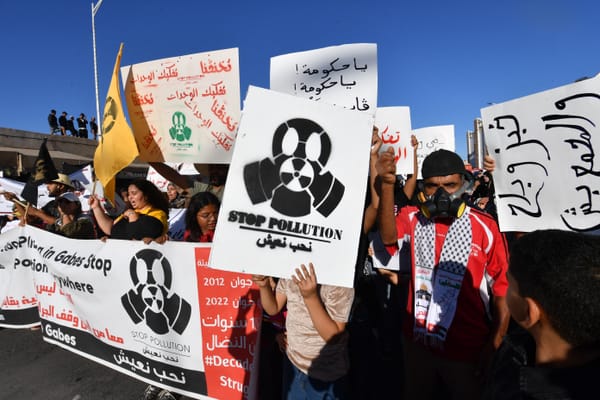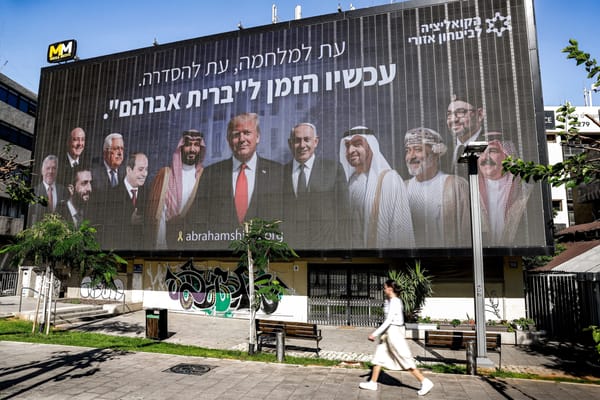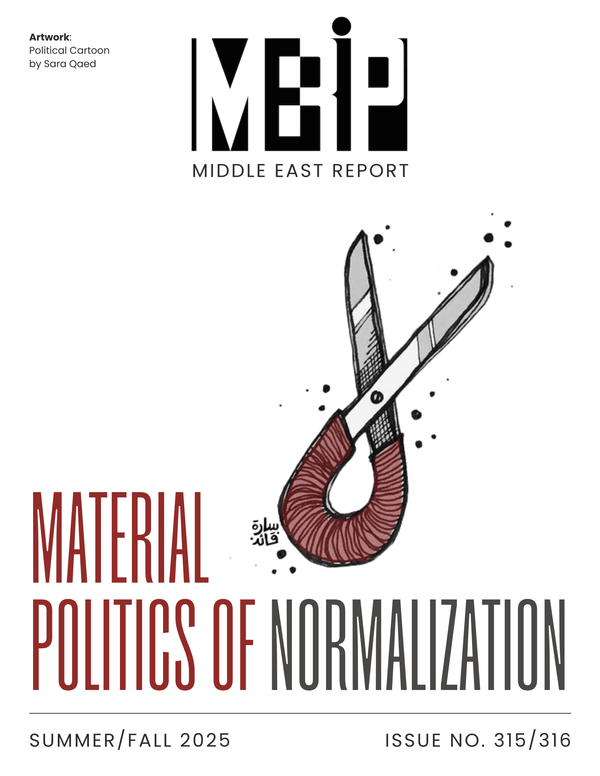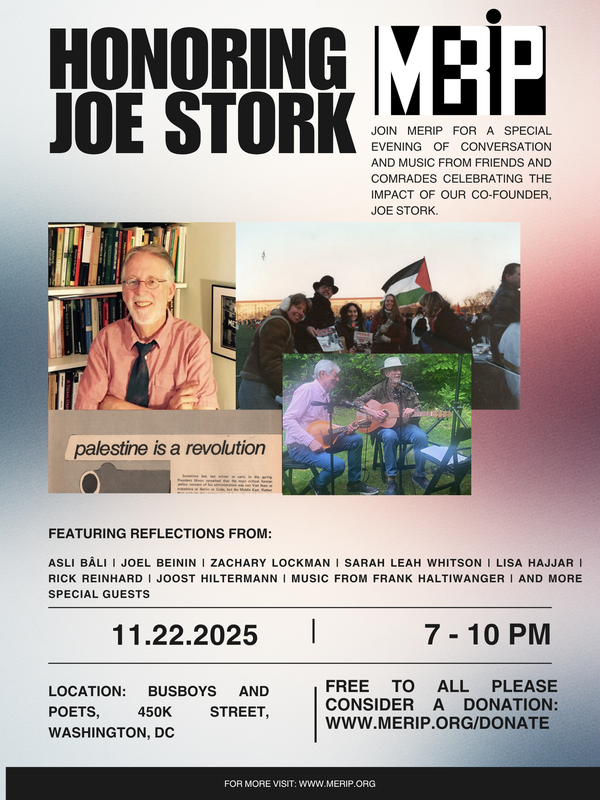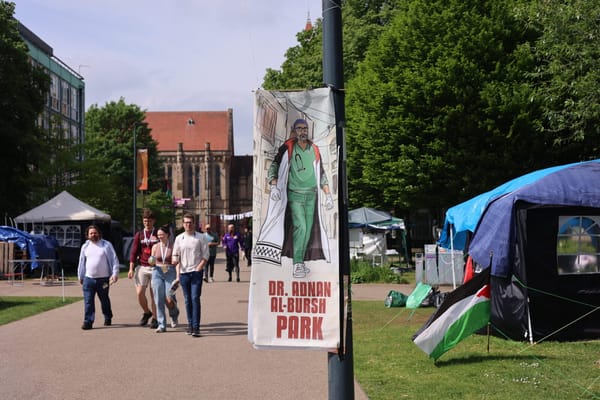"Journalists Are the Eyes of the World" on Guantánamo
Lisa Hajjar’s spring lecture tour, entitled “Let’s Go to Guantánamo! An On-the-Ground Perspective on the Military Commissions,” explores secret renditions, black sites, torture, suppression of evidence, clandestineness and what it means to provide “legal counsel” to detainees in the post-September 1


